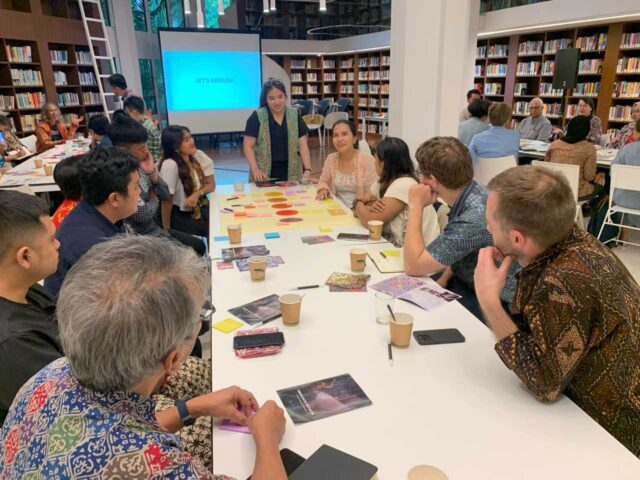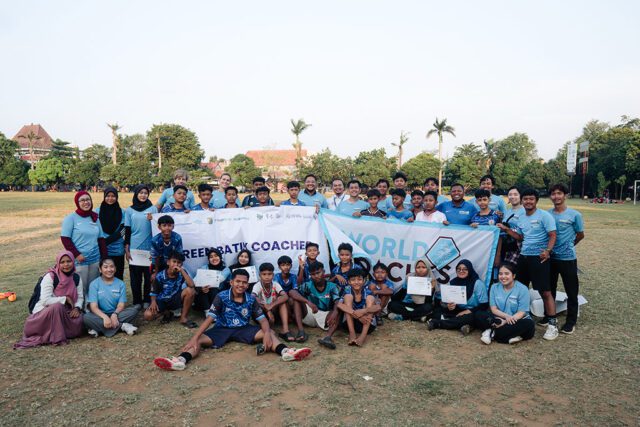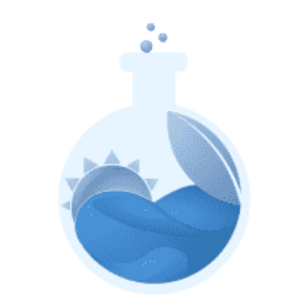The “Green Batik Workshop: from Tradition to Innovation” was held on Monday, 27 November 2023 in Erasmus Huis, Jakarta, inviting local batik makers and communities from Pekalongan, Yogyakarta, Bandung, universities, NGOs, and water and waste organisations. Organised by The Water Agency, the Green Batik Workshop discussed the current challenges that happened in Pekalongan City that occur in every step of the batik value chain, from upstream to downstream. The Green Batik Workshop aimed to answer the challenge with the ideas, actions, and innovations to achieve the 12 Green Batik Goals.
The workshop explored the actions needed to achieve each of the goals and mapped who are the actors that can be a part of those actions. The workshop itself was divided into three main groups themes including water and environment, social and economic, and entrepreneurship and market. Each group resulted in a series of actions that will contribute to the improvement of the Green Batik initiative.
Water and Environment
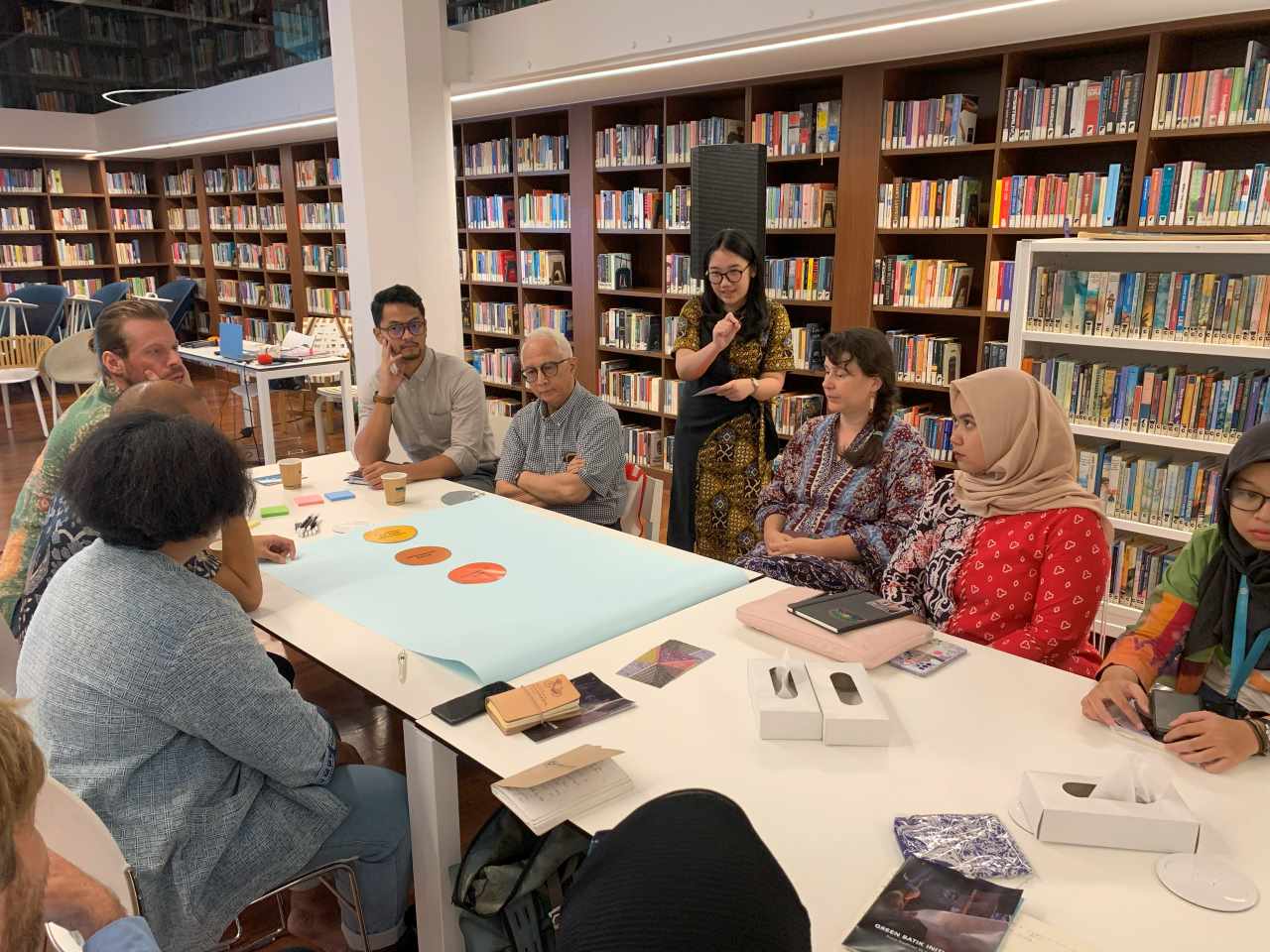
Figure 1. Table Discussion Water and Environment
The Water and Environment group discussed the importance of sourcing locally and at the same time ensuring local biodiversity as well. This is seen as an effort to also increase local income through job creation, given more materials are sourced within Pekalongan.
Water, energy, wax, dye, and other input materials for batik production need to be retreated and reused as much as possible. New sources of water (apart from only groundwater) need to be explored, for example by testing the use of treated water from water treatment plants or simple retention and rainwater harvesting. Technology can play a role in these activities, however, there is a gap in technology adaptation on the local level (through our discussion with one of the batik makers from Pekalongan and Yogyakarta).
Another important point is to create a standard layout of a batik workshop to achieve safe working conditions for the workers. This includes the mapping of workflow and process, creating good air circulation and light input, and the use of equipment to handle chemicals.
Social and Economic

Figure 2. Table Discussion Socio and Economic
Within this group, participants engage in thoughtful discussions that span a variety of significant topics. The key focus areas include encouraging youth involvement, fostering increased participation of women in the industry, preserving batik as an art form, and exploring policies that can drive the growth of batik businesses. These dialogues serve as a platform for diverse perspectives, aiming to address multifaceted challenges and opportunities within the broader batik sector.
The proposed actions put forth by participants extend across various dimensions, demonstrating a comprehensive approach. These encompass initiatives such as promoting youth engagement through vocational education, spearheading a batik movement to enhance public awareness, ensuring job security within the industry, fostering collaboration among all stakeholders, and introducing economic incentives to stimulate the growth of the batik market. The concerted efforts to implement these actions reflect a strategic and phased approach, aiming to overcome challenges incrementally and pave the way for the sustainable development of green batik.
Entrepreneurship and Market
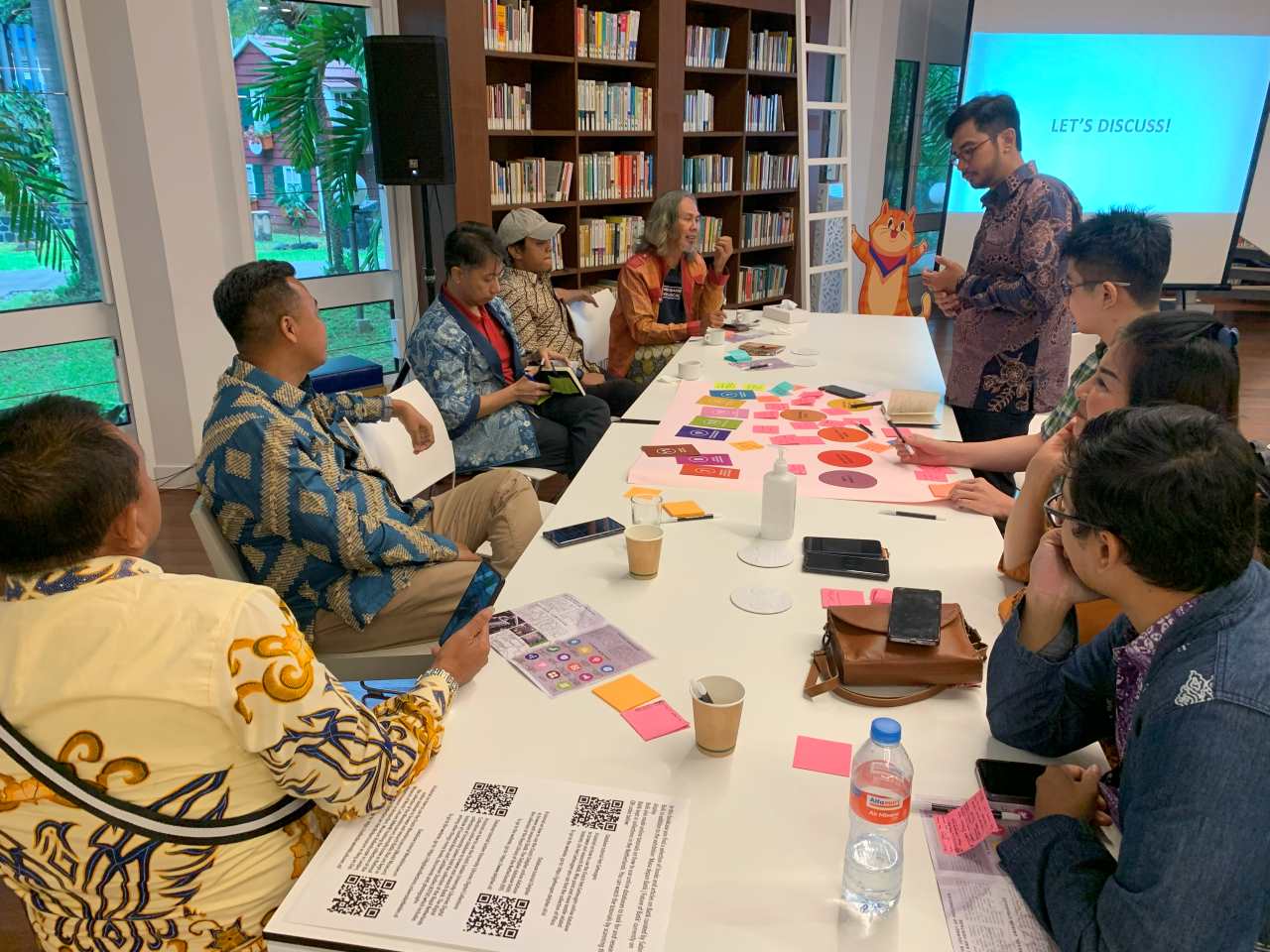
Figure 3. Table Discussion Entrepreneurship and Market
This group conducted a thorough examination of interdisciplinary aspects concerning the entrepreneurship and market of batik products. The discussions focused on crucial areas such as raising public awareness, refining entrepreneurship skills, optimizing the batik selling process, implementing effective business management strategies, and establishing a strong brand identity for batik.
Numerous actions were consolidated during these discussions. Several actions emerged, including proposals for awards recognizing batik workers promoting green products, establishing partnerships with countries like The Netherlands to expand the batik business, implementing training and certification programs to enhance workers skills, considering batik for school and work uniforms to educate a wider audience, and strengthening the batik brand as an art form deserving recognition. These actions collectively exemplify a strategic roadmap aimed at propelling the entrepreneurship and market presence of batik products.
The method of discussion was using Post-it for every participant that attended the workshop. Participants could express their opinions about the action needed. With that freedom, active discussions were created, all of which were summarized in posters that are displayed at the Batik Exhibition by Sabine Bolk at Erasmus Huis. Anyone who comes is also allowed to fill in the poster with their dreams for the future of batik and actions needed to ensure batik remains an art icon in Indonesia.

Figure 4. Green Batik Workshop’s result summary displayed at the Batik Exhibition by Sabine Bolk at Erasmus Huis.
Many thanks to the Dutch Embassy in Indonesia, The Netherlands Enterprise Agency, and the Batik Exhibition by Sabine Bolk, for the continuous support for this program.

